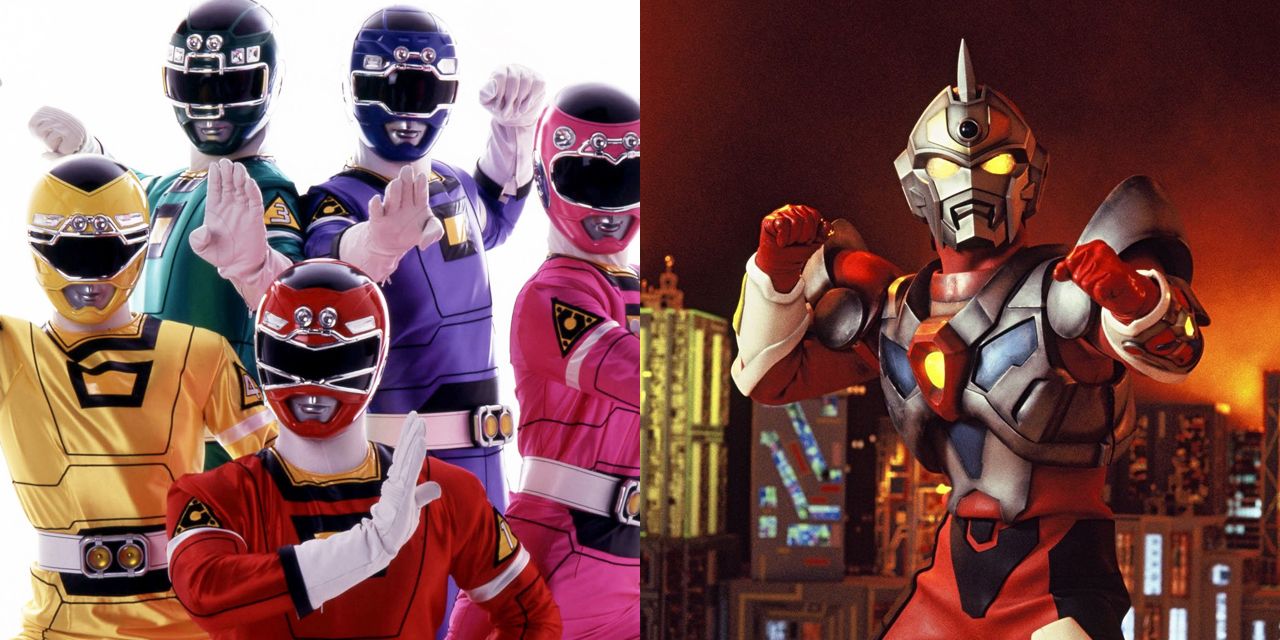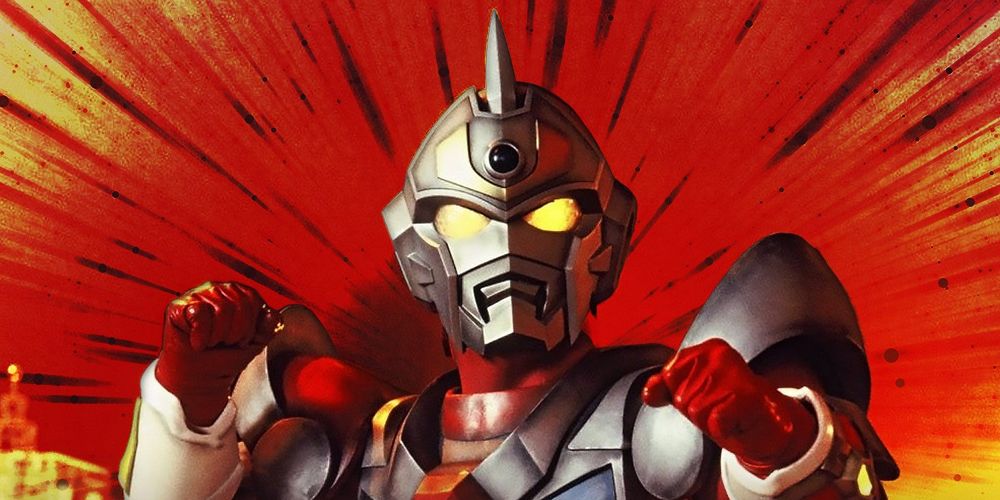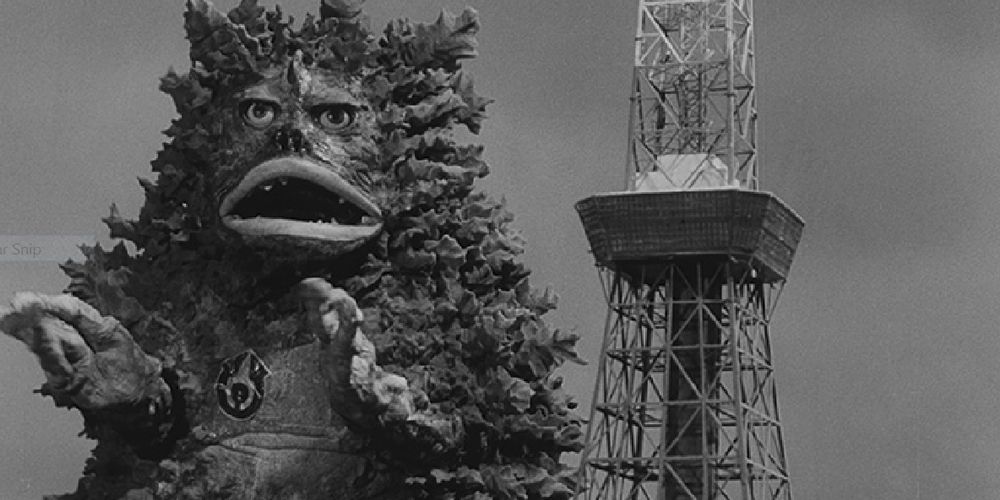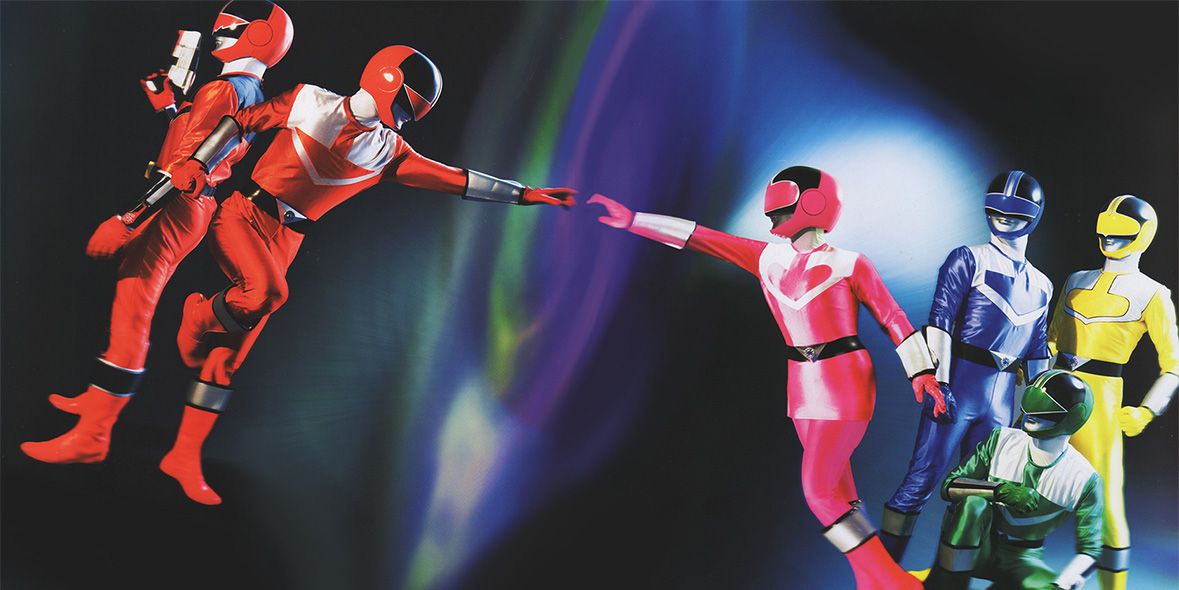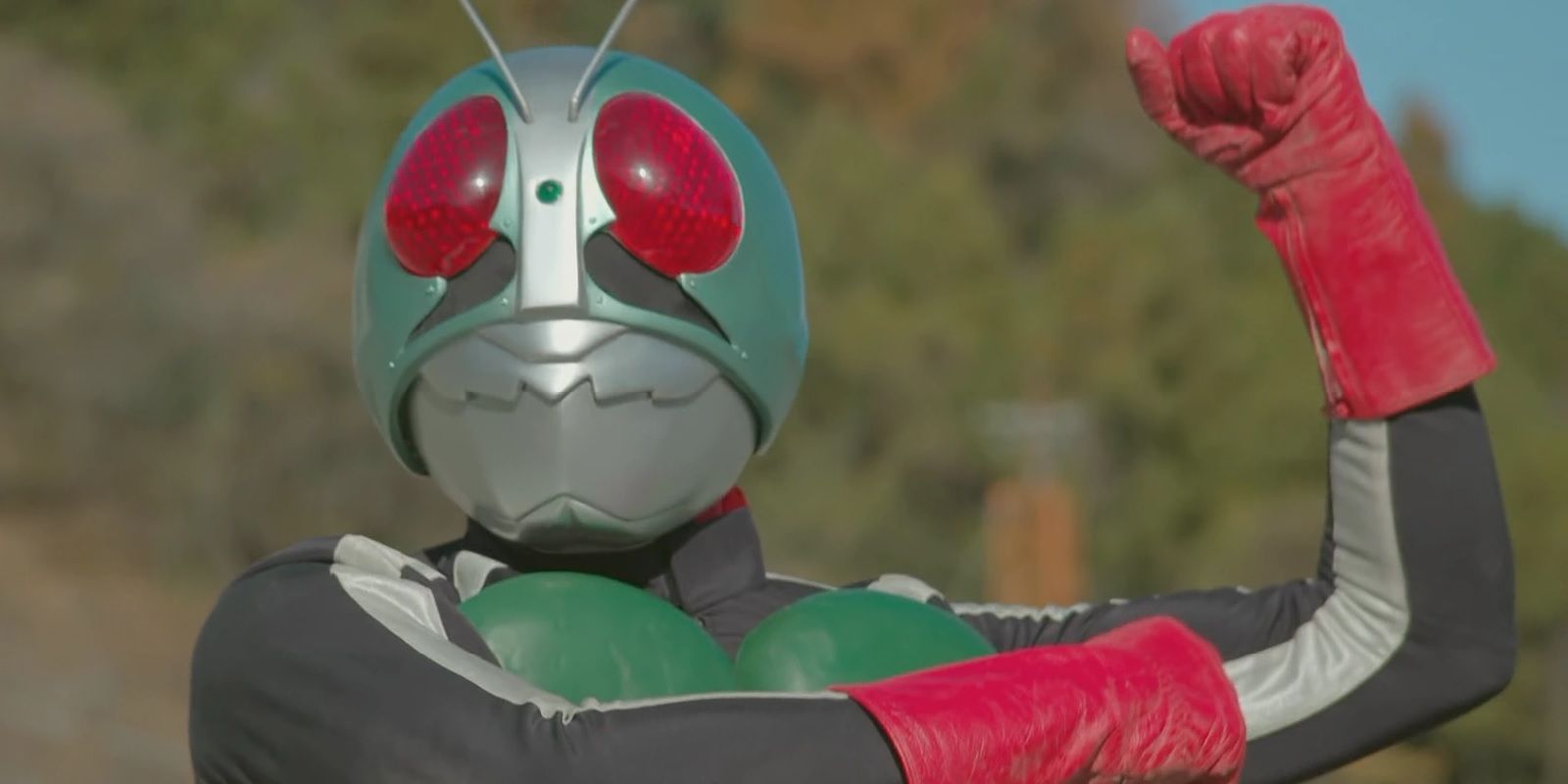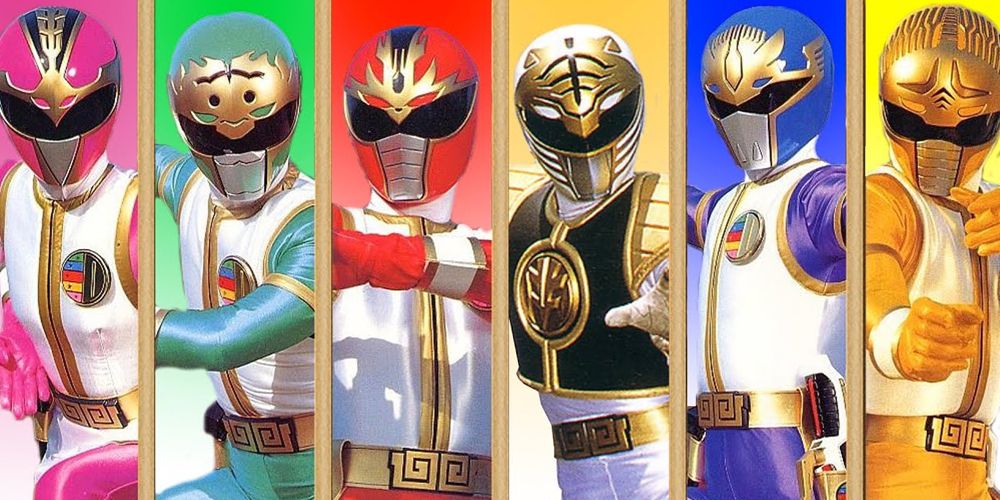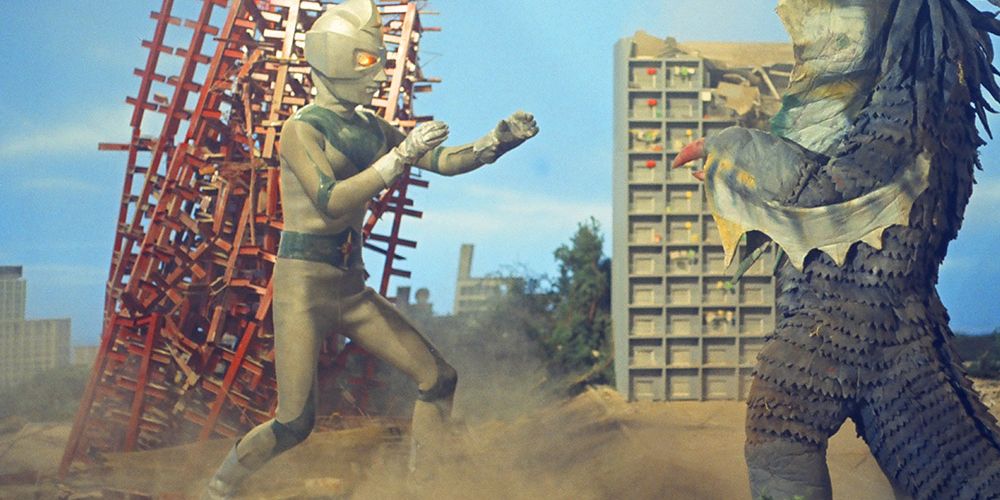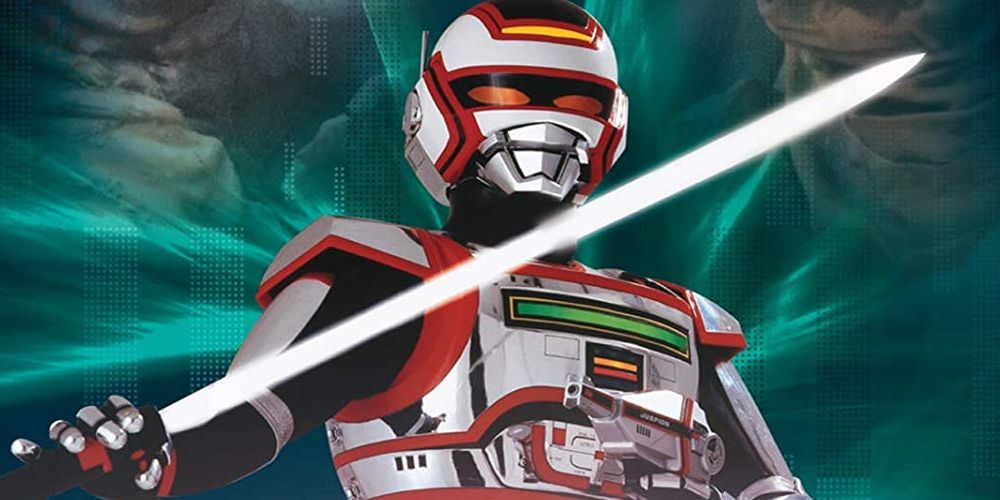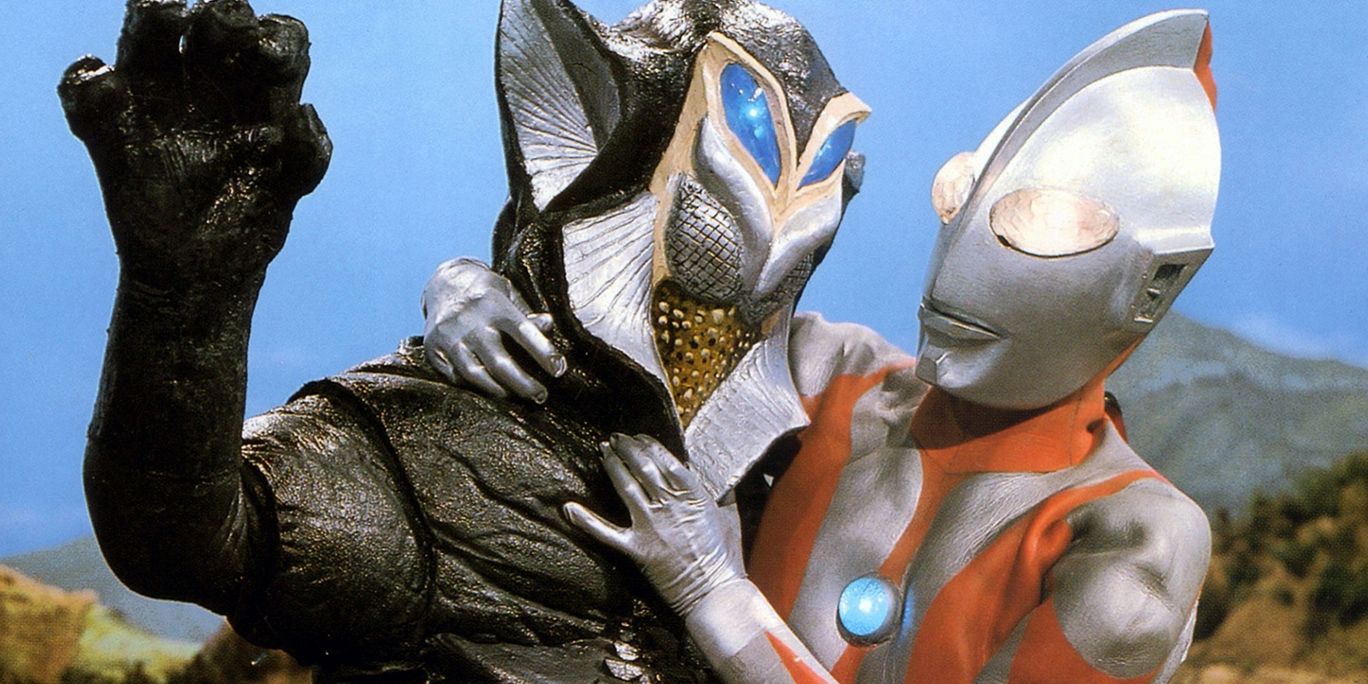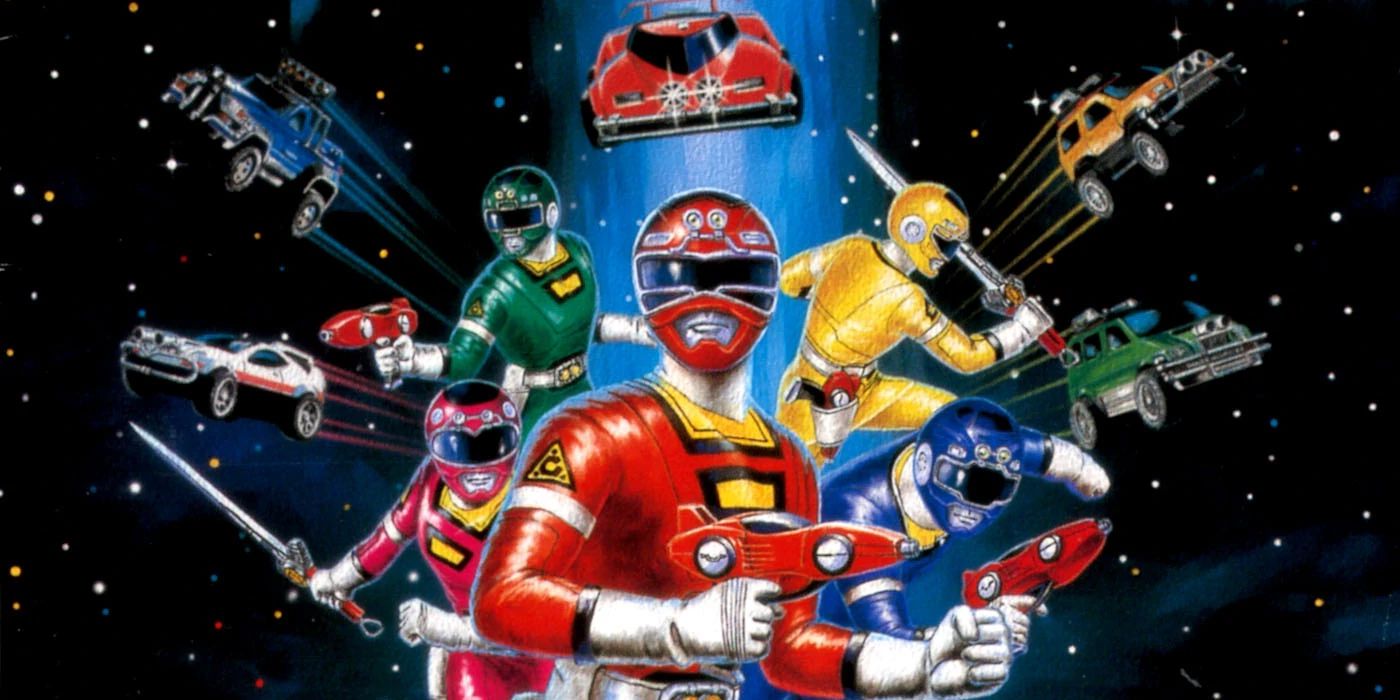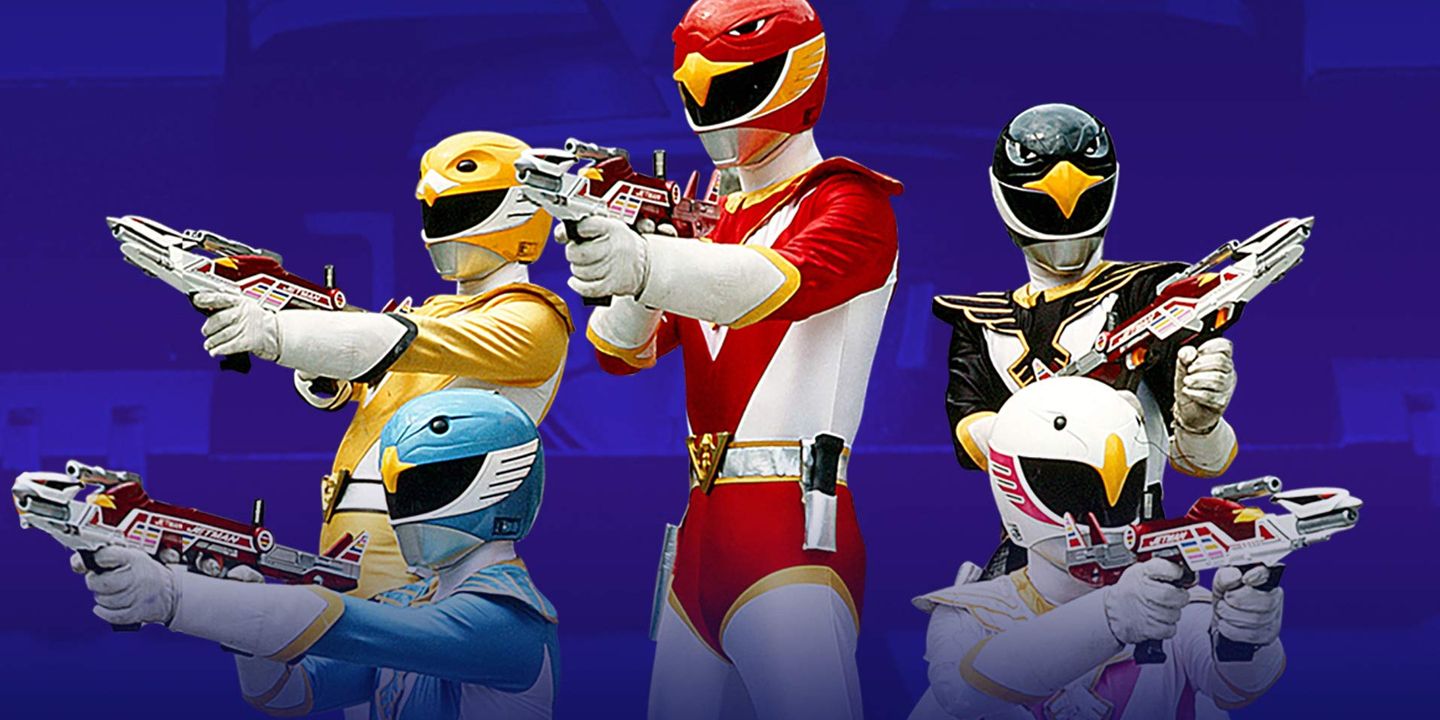Tokusatsu ("toku" for short) is a unique subgenre of Japanese film and television revolving around special effects; the word itself even means "special filming." Today, the word "tokusatsu" is synonymous with superhero programming or kaijū cinema like Godzilla and Gamera.
Tokusatsu emerged in the late fifties in movies before occupying television in children's staples like Kamen Rider and Super Sentai shows. Although practical effects have largely been replaced with digital ones, the spirit of tokusatsu remains. What used to be a niche interest is now a global phenomenon, and a number of toku shows are streamable today.
Gridman (1993): Toku
The one caveat with trying to stream Tsuburaya Productions' 1993 tokusatsu series Hyper Agent Gridman (originally Denkō Chōjin Gridman) is needing to sign up for the service Toku. For any fan of Japanese superhero media and anime, however, the benefits far outweigh the cons; subscribers can even watch through Amazon Prime.
Gridman centers on the adventures of three kids' homemade video game and the inter-dimensional law enforcement agent, the show's title character, they assist when battling a sinister foe named Kahn Digifer. Gridman and his associates fight digitized monsters that could impair the real world if their havoc continues. Footage from the show was integral to DiC's Superhuman Samurai Syber Squad, and an anime reimagining called SSSS.GRIDMAN is currently on the air.
Ultra Q (1966): Tubi
Before Tsuburaya Productions began its iconic Ultraman franchise, the soft anthology series Ultra Q aired between 1966 and 1967. It may seem similar to Ultraman — in many ways it is — but unlike the latter series, Ultra Q is a procedural show where completely human characters investigate strange matters like monsters and bizarre phenomena. It's a pioneer in the subgenre of horror and sci-fi narratives like The X-Files.
A sequel series called Neo Ultra Q, available on Toku, was aired in 2013.
Timeranger (2000): Tubi
A good portion of '90s and more contemporary Super Sentai shows are popular but only through Power Rangers. The fight and mecha footage from these series were repurposed in Saban and Disney's various Power Rangers properties.
The source material for Power Rangers Time Force is the underrated 2000 entry Mirai Sentai Timeranger ("Future Squadron"). Although it pushes the definition of what fans consider "classic," the innovative series deserves a recommendation. Timeranger involves police agents from 3000 AD traveling to Japan in 2000 to catch ruthless bandits. There, they team up with a citizen and protect the past from these time-hopping criminals. The characters are all likable, the villains are formidable, and the story is compelling.
Kamen Rider (1971): Tubi
When deciding where to start with the long-time Kamen Rider franchise, it never hurts to see where the series began. The 1971 original is a classic for a good reason, but as with many shows from that era of television, there is an unavoidable cheesiness. Still, it's charming and entirely the reason there's a Kamen Rider to begin with.
The '71 series follows a motorcycling cyborg who turns on his creators and battles an array of monstrous opponents.
Dairanger (1993): Tubi
Although the second season of Mighty Morphin Power Rangers adapted mecha and monster footage from Gosei Sentai Dairanger ("Five-Star Squadron"), Saban opted to not use the Dairangers' uniforms with the exception of KibaRanger, or the White Ranger. The original show is an intense and imaginative follow-up to Zyuranger with enthralling fight sequences. The show's theme is Chinese mythology and kung fu.
Dairanger sees the modern ancestors of the Dairangers fighting the Gorma Tribe, an organization of ancient villains looking to control Earth.
Mirrorman: Toku
Tsuburaya Productions has a few Ultraman-like series under its belt, and Mirrorman is one of the more notable ones. The 1971 show ran for fifty-one episodes and started out as something more brooding than its contemporaries. Not too long after into its run, Mirrorman was sterilized so it became more of a typical tokusatsu show with a focus on action.
The plot concerns aliens using monsters to attack Earth in 1980. The Science Guard Members is aided by a half-alien-half-human who is the son of an interdimensional superhero known as Mirrorman. Carrying on his late father's legacy, the new Mirrorman battles the current enemy.
Juspion (1985): Midnight Pulp
Toei, the creators of the Super Sentai franchise, also made another series known as Metal Hero. Unfortunately, this label no longer exists due to its low popularity compared to sentai and Kamen Rider. One of its more successful entries was Kyojū Tokusō Juspion ("MegaBeast Investigator"), a 1985 show that helped popularize tokusatsu in Brazil.
A prophecy foretells the return of Satan Gorth, a sinister entity whose awakening welcomes giant monsters that will destroy the planet Earth. It's now up to the space-traveling agent Juspion and his giant mecha Daileon to stop Satan Gorth.
Ultraman (1966): Tubi
Where else would a potential Ultraman fan start than the original 1966 series? The Ultra franchise has grown exponentially in story and entries, but there's something so captivating about the first introduction to Ultraman (later renamed Ultraman Hayata to differentiate between future incarnations). It's campy and nostalgic in all the right ways.
An anti-monster organization on Earth called the Science Patrol is up against powerful monsters and mankind's only hope is Ultraman. An agent named Shin Hayata gains the ability to become the alien warrior Ultraman so he can remove these giant threats.
Carranger (1996): Tubi
The source material for Power Rangers Turbo hails from the parody series Gekisō Sentai Carranger ("Racing Squadron"), the 20th Super Sentai entry. Unlike its predecessor Ohranger, Carranger is more lighthearted and less plot-driven. That's not to say it's episodic; there's just a sizable tongue-in-cheek element to the show. The series pays tribute to past Super Sentai properties, too.
Five average mechanics from Pegasus Auto Garage discover an alien named Dappu from the planet Hazard. He grants them "Carmagic" so they can become Carrangers and defend Earth from a gang of dangerous space bikers and motorists.
Jetman (1989): Tubi
Saban considered adapting Chōjin Sentai Jetman ("Birdman Squadron") as the first Mighty Morphin Power Rangers season before ultimately choosing Zyuranger. Aesthetically, Saban made the right choice as the 1989 Super Sentai series didn't have the appealing mecha and monsters like its follow-up Zyuranger did. However, the story in the bird-themed Jetman is more mature and rewarding.
After Japan creates something called "Birdonic Waves," the technology is mistakenly used on four civilians. Now, they have the superhuman abilities necessary to stop an outer-dimensional group called Vyram. Along with their designated leader and an intended recipient of the Birdonic Waves, the Jetman team impedes the actions of Vyram's minions.

